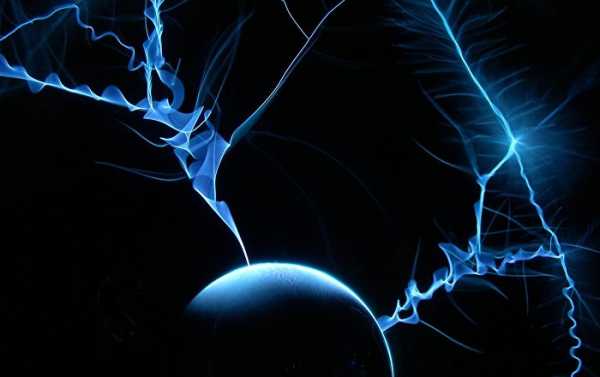
Together with their colleagues from the University of Bergen, Norway, researchers from the National Research Nuclear University MEPhI have recently started actively preparing for the launch of a unique photovoltaic installation that generates electricity by boiling nanofluids.
The launch is to take place at MEPhI, the university’s press service reports.
Nanofluids are suspensions of water and nano-sized particles of carbon and metal oxides. The first popular research into nanofluids dates back to no more than 5-7 years ago, but now the entire world is conducting research into the possibility of using them for power generation.
In 2017, the research group headed by Boris Balakin, associate professor at MEPhI and the University of Bergen, won a Russian Science Foundation grant, allowing them to study the possibility of using nanofluids in power generation systems, plus creating a working prototype of a solar power generator.
“The novelty of our research was that nanofluids allow the solar heat to be converted more efficiently than traditional heat-transfer agents,” said Pavel Struchalin, one of the developers and an assistant professor at MEPhI, in an interview with RIA Novosti. “First, we build an installation that converts sunlight into thermal energy of nanofluids, and then we turn it into electricity with the help of a turbine. Not a single scientific group in the world has come close to research like this.”
According to the young scientist, the installation operates along the same lines as when electricity is generated at disc type solar power plants. The main part of the installation is its solar collector. The efficiency of the new installation will match that of simple photovoltaic elements, except it will be more cost effective and last longer.
Today, with the help of a specially developed test bench, the scientific group is carrying out research into the effect that the concentration of nanoparticles has on the steam production efficiency. Once the scientists add the remaining elements to the installation, it will start generating electricity using spring sunlight.
Sourse: sputniknews.com






